Search the Special Collections and Archives Portal
Search Results

man000821-006-002
Text

man000821-006-004
Text
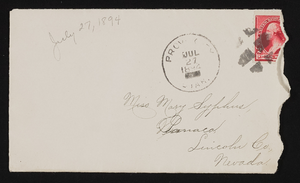
man000852-001
Text
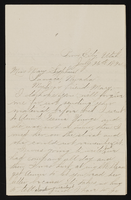
man000852-002
Text
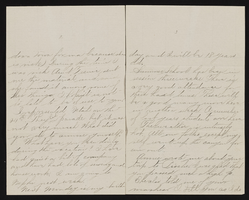
man000852-003
Text
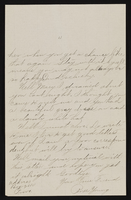
man000852-004
Text
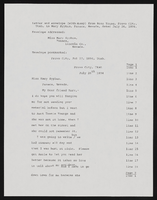
man000852-005-001
Text
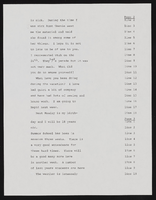
man000852-005-002
Text
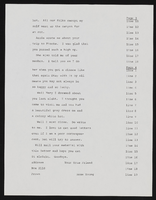
man000852-005-003
Text
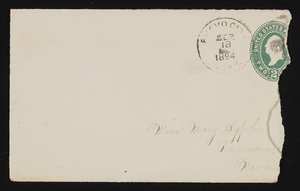
man000859-001
Text
Pagination
Refine my results
Content Type
Creator or Contributor
Subject
Archival Collection
Digital Project
Resource Type
Year
Material Type
Place
Language
Records Classification
